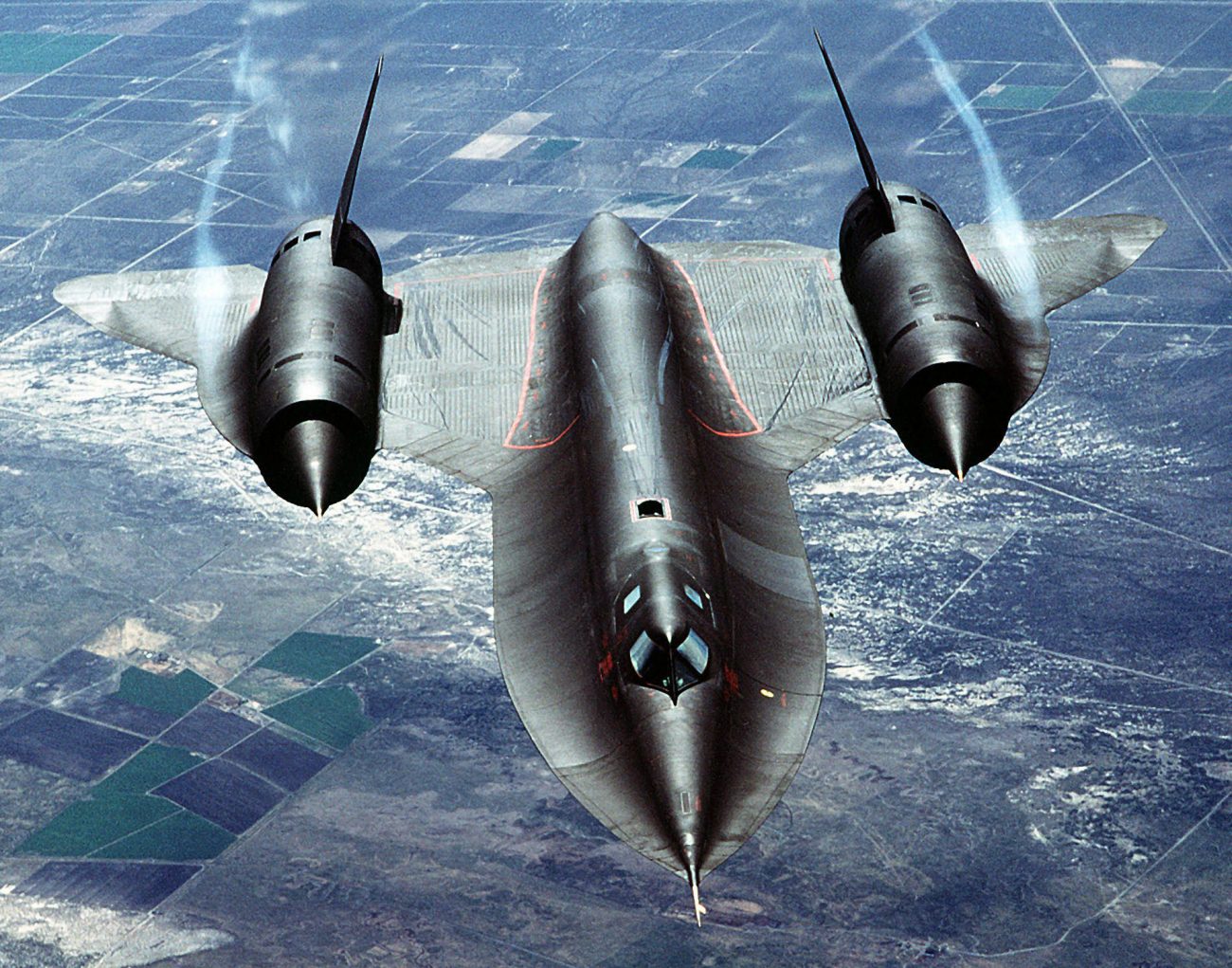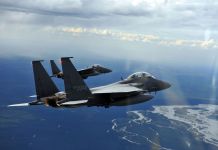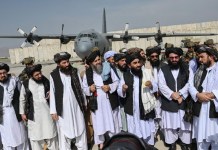Imagine flying into the dark grey space of infinity and seeing the Sun, Moon, and Stars together through the glass plate of your space suit helmet.
This scene is not out of a space odyssey, but it was a routine playground for the MiG-25 pilots, the fastest and the highest-flying aircraft till now.
The Swan Song of the Soviet aircraft designer Mikhail Gurevich, MiG-25, codenamed ‘Foxbat’ by NATO, was a super fast, super high, and unarmed reconnaissance platform. For a quarter of a century, it served in the Indian Air Force (IAF) with swag as its ‘Superspy’ plane.
In the world of intelligence gathering, militaries worldwide are reverting to old technologies to compete. The latest case in point is the appearance of Chinese spy balloons in multiple places. The Soviet-era MiG-25 undoubtedly takes pride in the hall of fame for reconnaissance.
The intelligence business is all cloak and dagger. But the MiG-25 did not require any dagger; its height was its best cloak. The aircraft can climb to the stratosphere (the second layer of the earth’s atmosphere) in a matter of seconds and attain supersonic speeds.
The aircraft pilots could see the earth’s curvature from up there, and their capability remained unmatched. This would earn the flight of the MiG-25 Rs the nickname “Loneliness at Mach 3.” The MiG-25 pilots would penetrate enemy territory undetected for routine strategic reconnaissance missions.
The Soviet Union began work on MiG-25s in 1959. They were originally planned to be interceptors, a role they failed miserably at. However, their unmatched supersonic speed and stratospheric reach made them excellent reconnaissance aircraft.
In 1981, the IAF inducted 10 of these aircraft into its fleet in its newly raised 102 Squadron, The Trisonics.
Such was the enigma of the aircraft that more than 90 percent of the Indian Air Force personnel did to see or have access to the MiG-25s. Their existence and operations remained hush-hush even during the service and after retirement.
The missions flown by the squadron continue to remain classified. The aircraft’s high operational height meant that the pilots wore space suits similar to those worn by the first man in space, Russian cosmonaut Yuri Gagarin.
For long, the West feared the fabled MiG-25, changing its aircraft development plans. The Americans gained access to the aircraft only when a Soviet pilot stole the aircraft and landed in Japan.

Post-inspection, the US termed the aircraft “unsophisticated,” saying it was not agile enough to fulfill its originally marked role of an Interceptor aircraft. The aircraft was heavy and huge, making it less maneuverable.
China Emerges ‘Biggest Winner’ Of Russia-Ukraine War; Regains Vladivostok Port After 163 Years
IAF Pilot Talks About MiG-25
Retired Air Marshal Sumit Mukherjee, who flew the mighty MiG-25s, echoed the sentiments of the American pilots.
“Like other fighter planes, we (the pilots of MiG-25s) could not do aerobatics on this plane. The aircraft was first designed to take down SR-71 Blackbird,” Air Marshal Mukherjee told the EurAsian Times.

“The aircraft was not maneuverable. However, it did not have to get into a dogfight with any aircraft because there were no aircraft of that caliber. It was a dud in air combat,” Air Marshal quipped.
The reconnaissance MiG-25 was not armed. “Our only weapon was height and speed, we used it to stay away from any potential threat. MiG-25 flew above the radar lobe. Unless the enemy was aware that we were incoming and turned their radars upward, we could always penetrate the enemy territory undetected,” explained Mukherjee.
In May 1997, an IAF MiG-25 reportedly flew over Pakistan and broke a sound barrier near Islamabad. The resulting sonic boom alerted Pakistanis to the presence of an unknown aircraft, and it scrambled its interceptors.
But with an operational height of over 70,000 and a speed of Mach 2.5, it was beyond the reach of any of Pakistan’s fighter jets.
MiG-25s regularly flew reconnaissance missions across Pakistan to map the country, and the information gathered was used to maintain an Order of Battle (ORBAT) against Pakistan.
When it came to China, the aircraft’s lesser endurance did prove to be a limiting factor. “Topography is never an impediment at 70,000 or 80,000 feet. The limitation was endurance.
We did not have air-to-air refueling, and fuel consumption was high. We were limited in how far we could go,” Air Marshal Mukherjee told the EurAsian Times.
He added: “Pakistan was easy. China did not have any military assets close to the border. Beijing and Shanghai were beyond the reach of normal fighters. You went to the places where you had to go, which were few Chinese bases accessible to us.”

Despite its high-flying height, it was just above 30,000 feet from the lofty Himalayas, and it revealed the minute details of Chinese and Pakistani defenses and military establishments. The camera fitted in the belly of the aircraft was so clear that it could take photos of humans on a Pakistani tarmac.
The biggest issue in optical reconnaissance is the weather. The missions would be planned only in times of conducive weather.
The aircraft was used during the 1999 Kargil Conflict between India and Pakistan at a much slower and lower level to map the targets on the Pakistan side before the Mirage 2000s came in and bombed them.
The other limitation during the Kargil conflict was that the aircraft could not cross the India-Pakistan border as the hostilities were ongoing.
MiG 25 was not the first choice for reconnaissance. However, the superspy aircraft were brought in to make the IAF’s role in the operation more effective.
It flew an unusual mission.
The aircraft flew at a lower height, which was never envisaged, and there were no laid down Standard Operating Procedures (SoPs). Also, it needed to maintain a velocity and height ratio for the camera to be able to click clear photographs.
At the given height, the aircraft was well beyond the range of the surface-to-air missiles, but the only threat was from aerial interception. To overcome that, the aircraft was escorted by Mirage-2000s during the mission.
“The aircraft did the finest photography of the Line of Control between India and Pakistan. This helped in better planning of missions,” Air Marshal Mukherjee added.
The Foxbats were retired from service in IAF in 2006 as technology overtook it. “The satellites were able to give us photographs of less than a meter in resolution. One can even pick a football from a satellite. Also, satellites are much safer, and you don’t have to make yourself vulnerable by going into enemy territory,” Air Marshal Mukherjee said while explaining what brought the era of Foxbats to an end.
The most iconic photograph clicked by an Indian MiG-25 Rs remains that of a starburst around the sun that comes after a total solar eclipse. Air Marshal Mukherjee had led the mission to click the photograph of a solar eclipse for Indian scientists.
While the total eclipse was visible for only 42 seconds in India, flying in the direction of the eclipse through the Stratosphere, Air Marshal Mukherjee saw it for 2 minutes and 23 seconds.
“And split seconds after the diamond ring finishes, the rays continue to pass through the different hills, valleys, ridges, and mountains on the moon, and you get a starburst of light. A normal camera from the earth cannot get the photo, but we captured it,” said Mukherjee, describing the most epic moment of his life as a Foxbat pilot.
- Ritu Sharma has been a journalist for over a decade, writing on defense, foreign affairs, and nuclear technology.
- She can be reached at ritu.sharma (at) mail.com




